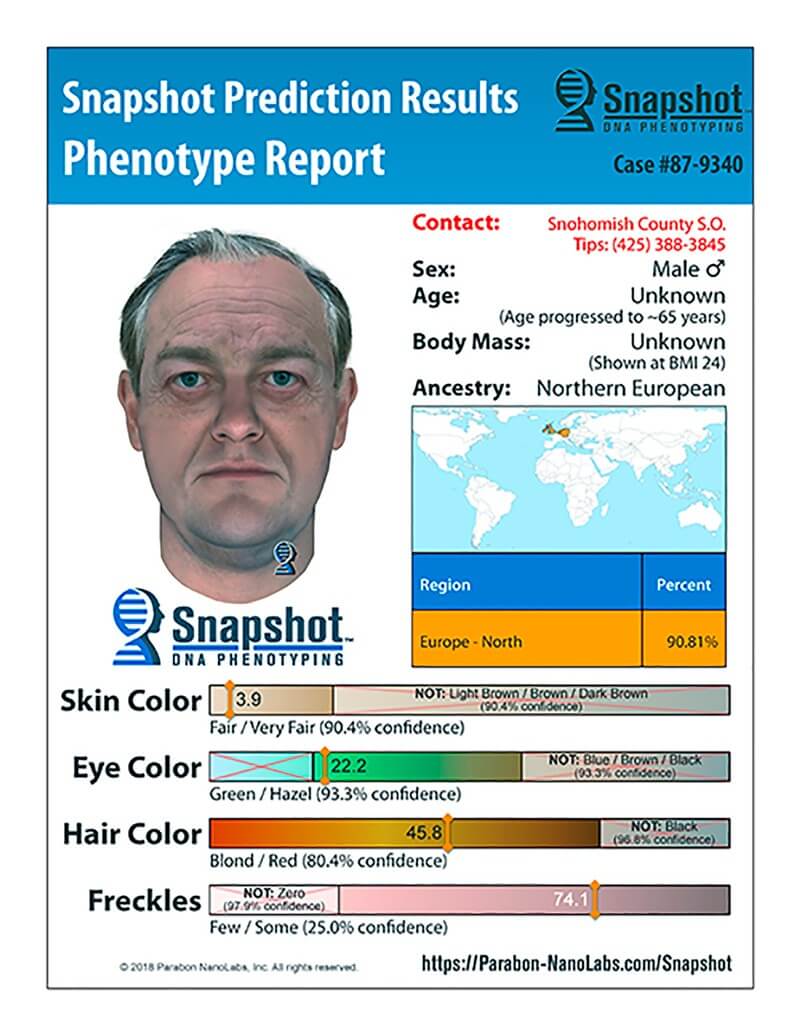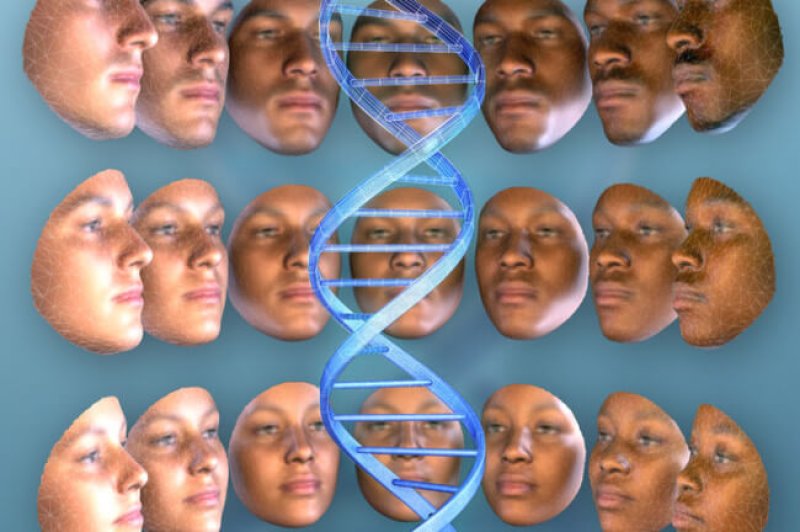Most labs studying DNA phenotyping look for relationships between changes to individual letters of a person’s genetic code, known as single-nucleotide polymorphisms (SNPs), and physical characteristics such as eye or hair colour. But Parabon framed the challenge as a machine-learning exercise. Its plan was to collect a large number of DNA samples and face photographs, and train algorithms to pick out relationships.
…
Parabon’s goal was ambitious: rather than just telling police that a suspect had fair hair and green eyes, it wanted to provide a comprehensive analysis of someone’s ancestry and a composite facial sketch from a DNA sample. The procedure, dubbed Snapshot, was released in December 2014. Parabon says that since 2018 the police have solved more than 120 cases with the help of their genetic genealogy and phenotyping methods.

Both [Parabon founder Steven] Armentrout and [Manfred] Kayser say that DNA technologies could help to reduce police bias by providing concrete evidence to bolster eyewitness accounts, and that DNA phenotyping could decrease racial profiling by providing more details on a potential suspect’s appearance to police.
But sociologist Amade M’charek at the University of Amsterdam says this thinking is naive, especially given the incidence of police brutality against people from racial minorities. “If we don’t know the individual, often all we see is race,” she says.































